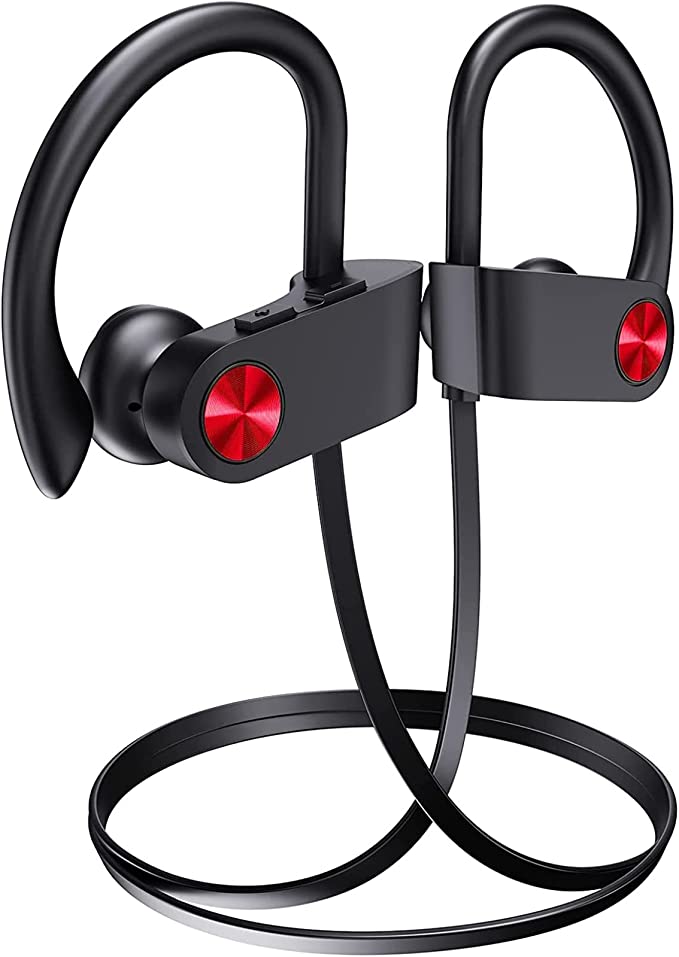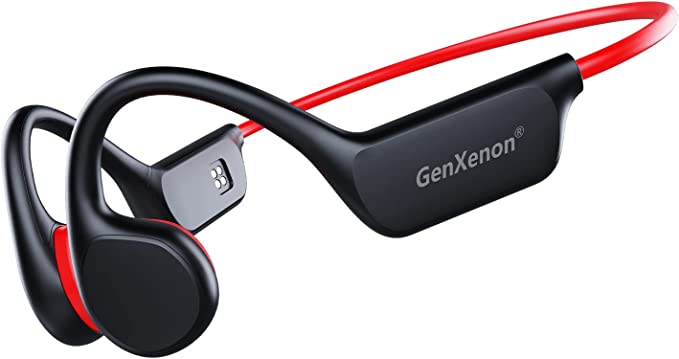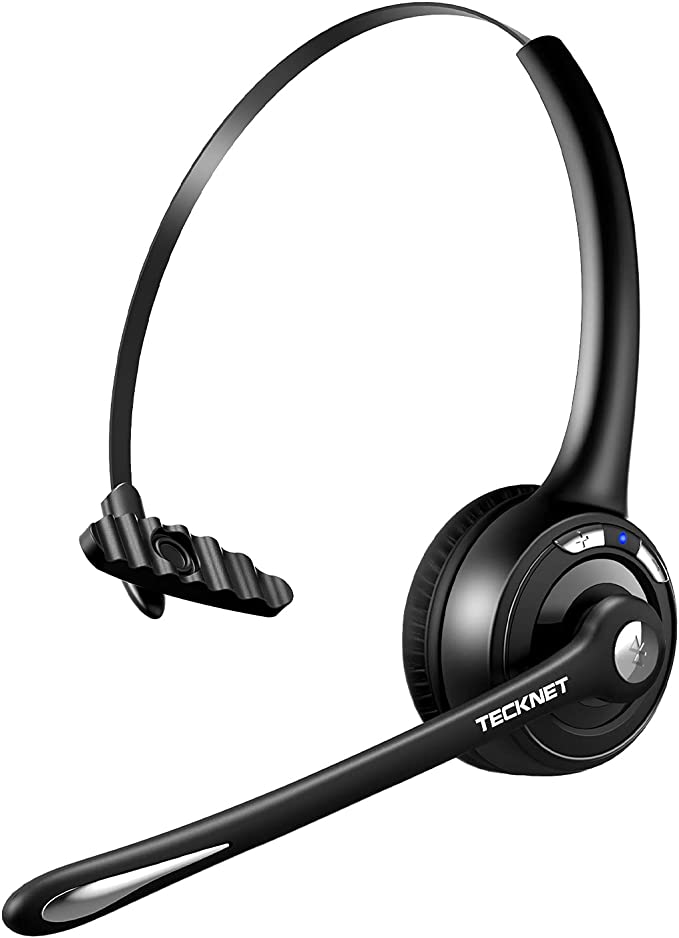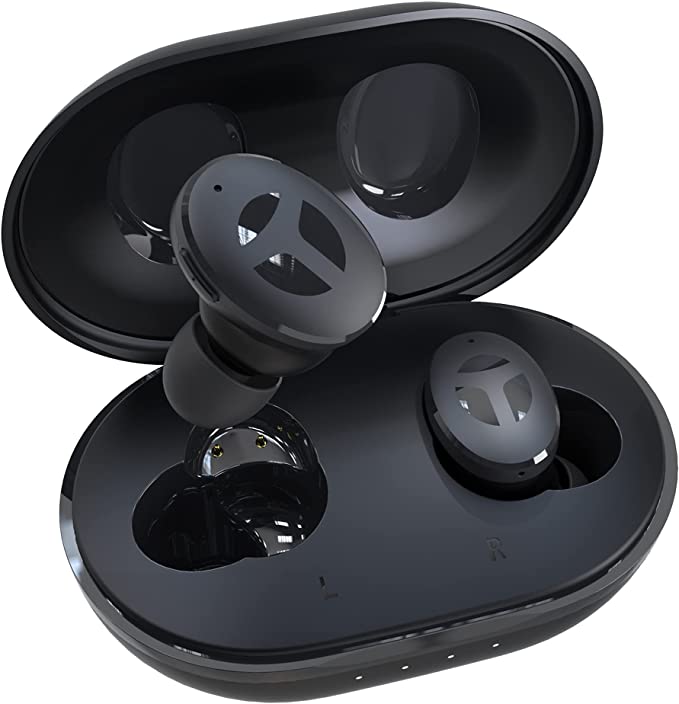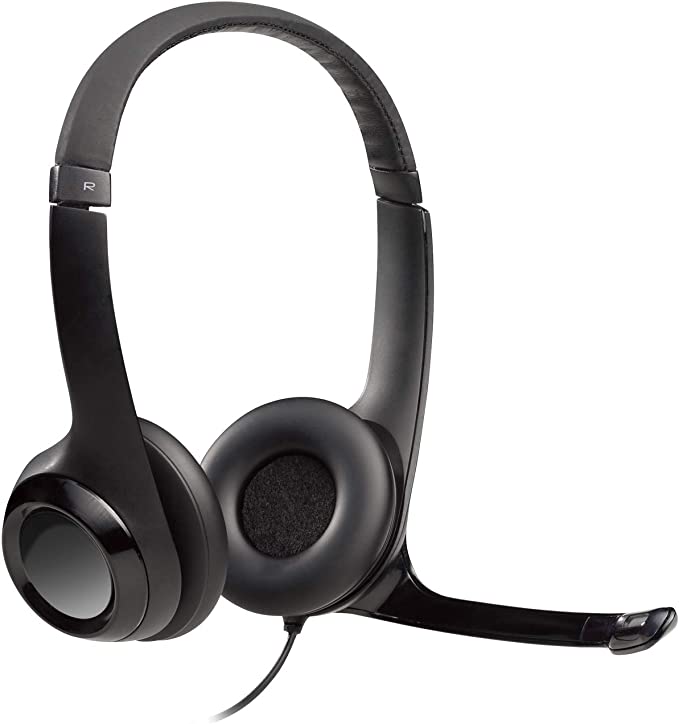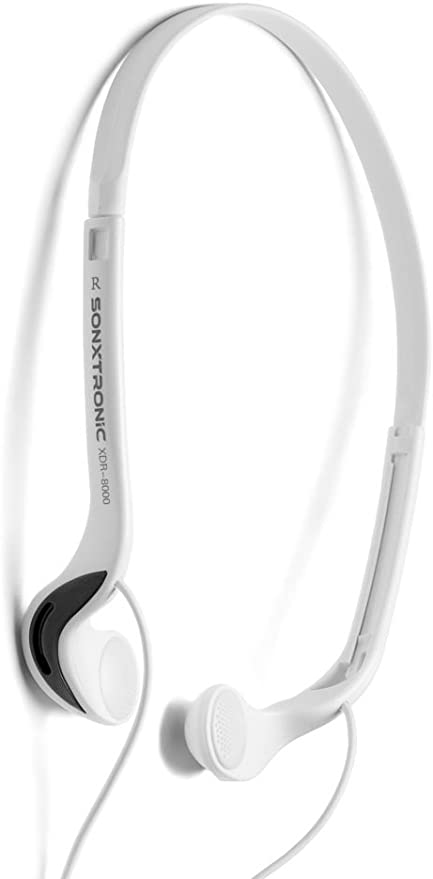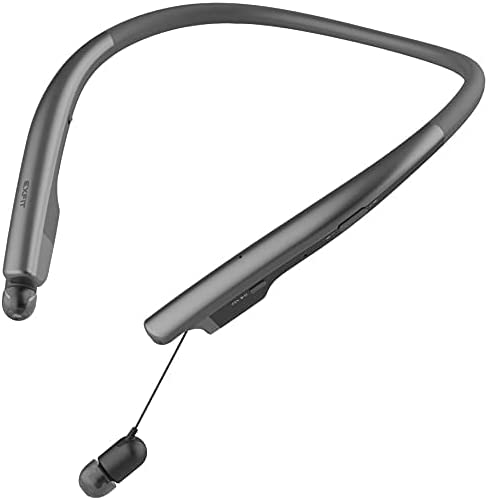The Stage Manager's Lifeline: Unpacking the Science of a Rock-Solid Walkie-Talkie
Update on July 14, 2025, 8:28 a.m.
T-minus thirty minutes. Backstage, the air is electric, a high-tension wire humming with controlled chaos. For Alex, the stage manager, this is the moment of truth. Beyond the curtain, the roar of a hundred thousand people is a physical presence. Before them, a universe of logistics is in motion: lighting cues are being finalized, audio levels are being checked at the Front of House (FOH) console a quarter-mile away, and the security team is coordinating movements along the perimeter. The single thread holding this sprawling, high-stakes ballet together isn’t a fragile smartphone with a fickle signal bar. It’s the rugged, black-and-yellow DEWALT DXFRS800 two-way radio clipped firmly to Alex’s belt.
This device isn’t just a tool; it’s a lifeline. And within its unassuming polymer shell lies a masterclass in applied physics, material science, and engineering—a silent hero that ensures the show goes on. To understand its indispensable role in the world of live entertainment, we must look beyond the brand and unpack the science that makes it work when everything else fails.

Penetrating the Wall of Noise
Alex needs to confirm a cue with the follow-spot operator, perched on a steel catwalk high above the stage. Between them lies a jungle of metal trusses, massive LED screens, and, most invisibly, a dense blizzard of radio-frequency (RF) interference. Every one of the thousand wireless microphones, in-ear monitors, and audience smartphones is screaming into the ether. This is where a cell phone dies, but where the DXFRS800 thrives, and the reason lies in a fundamental principle of physics: its use of the UHF band.
Operating in the Ultra High Frequency spectrum (462-467 MHz), the radio’s signal possesses a shorter wavelength. This physical characteristic allows it to better navigate and penetrate the dense physical obstacles of a concert venue. But to cut through the electromagnetic noise, it needs force. This is supplied by its 2 watts of transmission power. This isn’t just about raw strength; it’s about defying the Inverse-Square Law, a core principle of physics stating that a signal’s power dissipates exponentially over distance. The 2 watts of output provide the necessary “punch” to push the signal through the interference, ensuring Alex’s voice arrives at the catwalk crisp and clear, not lost in a sea of static.

The Orchestra of Voices
A moment later, a new challenge arises. The lighting team needs to adjust a fixture, the FOH audio engineer has a question about the signal chain, and security reports a crowd surge at Gate 3. Three critical messages, three different teams, all needing instant direction. A lesser communication system would devolve into a single, chaotic channel where everyone talks over everyone else. This is where the radio’s channel management becomes an art form.
The DXFRS800 offers 22 channels, but its true genius lies in its 121 “privacy codes.” It’s a common misconception that these codes provide security. Their function is far more elegant: they are a system of intelligent filtering based on a technology known as CTCSS (Continuous Tone-Coded Squelch System). When Alex transmits to the lighting team, the radio adds a specific, inaudible low-frequency tone to the signal. Only the radios in the lighting group, pre-set to listen for that exact tone, will open their speakers. The audio and security teams, on the same channel but with different codes, hear nothing. This allows Alex to conduct a communications orchestra, speaking to individual sections without interrupting the others. It transforms a single channel into multiple, parallel, private conversations—the key to effective team synchronization.
Trial by Downpour
As the opening act takes the stage, the sky unleashes a sudden, torrential downpour. The crew scrambles to protect sensitive gear. In the darkness and haste, a stagehand’s radio slips from their grasp, clattering onto the wet, diamond-plate steel of the stage deck. For a consumer-grade device, this would be a death sentence. For the DXFRS800, it’s a scenario it was built for.
Its resilience is quantified by the IEC 60529 standard, which grants it an IP67 rating. The ‘6’ certifies it as completely “dust-tight,” impervious to the fine dust kicked up by a festival crowd. The ‘7’ is more dramatic: it guarantees protection against immersion in up to one meter of water for 30 minutes. This isn’t just about surviving rain; it’s about surviving the worst-case scenarios of a live event. The shock-resistant housing, engineered from energy-absorbing polymers, dissipates the force of the fall, protecting the delicate electronics within. The radio is picked up, wiped off, and is back in service without missing a beat.

The Long Haul
The show is a marathon. From the first soundchecks in the early afternoon to the final load-out deep in the night, the comms system must be relentless. The team doesn’t have time to constantly swap batteries or hunt for chargers. The endurance of the DXFRS800 is anchored in its modern Lithium-Polymer (Li-Polymer) battery chemistry.
This technology offers a significantly higher energy density than older Nickel-Cadmium or Nickel-Metal Hydride batteries, packing more power into a lighter, more compact form. This means it can reliably power the radio for a grueling 12-to-18-hour show day on a single charge. Sophisticated power-saving circuitry ensures that the battery’s energy is used efficiently, sipping power during the long periods of standby and drawing it fully only during the brief moments of active transmission. It’s the unseen engine that ensures the lifeline never breaks.
As the headliner’s final chord echoes through the night and the stadium lights come up, the crowd’s roar is the only sound that matters. No one will applaud the small black-and-yellow box on Alex’s hip. It will receive no standing ovation. Yet, it was this humble device, a vessel of applied science, that stood guard against chaos. It was the silent, unsung hero that allowed a thousand moving parts to coalesce into a single, flawless moment of art. For the professionals who create these moments, a rock-solid two-way radio is more than a peripheral; it is the most critical instrument of all.

